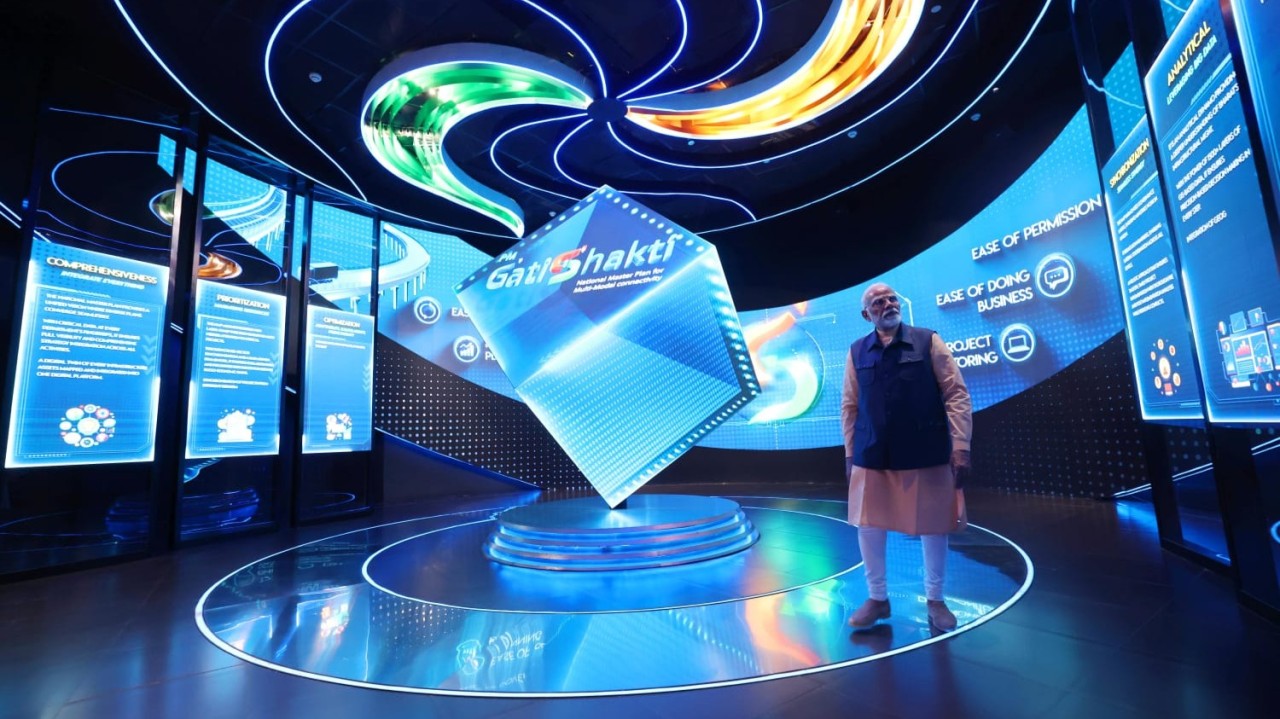- Courses
- GS Full Course 1 Year
- GS Full Course 2 Year
- GS Full Course 3 Year
- GS Full Course Till Selection
- Answer Alpha: Mains 2025 Mentorship
- MEP (Mains Enrichment Programme) Data, Facts
- Essay Target – 150+ Marks
- Online Program
- GS Recorded Course
- Polity
- Geography
- Economy
- Ancient, Medieval and Art & Culture AMAC
- Modern India, Post Independence & World History
- Environment
- Governance
- Science & Technology
- International Relations and Internal Security
- Disaster Management
- Ethics
- NCERT Current Affairs
- Indian Society and Social Issue
- NCERT- Science and Technology
- NCERT - Geography
- NCERT - Ancient History
- NCERT- World History
- NCERT Modern History
- CSAT
- 5 LAYERED ARJUNA Mentorship
- Public Administration Optional
- ABOUT US
- OUR TOPPERS
- TEST SERIES
- FREE STUDY MATERIAL
- VIDEOS
- CONTACT US
World's First Carbon-14 Diamond Battery: The Future of Long-Lasting, Sustainable Energy Solutions
World's First Carbon-14 Diamond Battery: The Future of Long-Lasting, Sustainable Energy Solutions

Recently University of Bristol and UK Atomic Energy Authority (UKAEA) have created world’s first Carbon-14 diamond battery.
Diamond battery is cutting edge energy technology that utilises radioactive isotopes of carbon trapped within synthetic diamond.
The diamond battery has the potential to power the devices for thousands of years.
How Diamond battery works?
- Diamond battery uses synthetic diamonds. Synthetic diamonds, also known as lab-grown diamonds or man-made diamonds, are diamonds produced in a controlled laboratory environment using advanced technological processes that replicate the natural conditions under which diamonds are formed in the Earth's mantle.
- The diamond battery mechanism combines radioactive decay with the unique properties of synthetic diamond to generate electricity in a safe and long-lasting way.
Mechanism of diamond battery
1. Radioactive Source: Beta Decay
- The core of a diamond battery contains a radioactive isotope (like Carbon-14 or Nickel-63) that undergoes beta decay.
- Radioactive isotopes, or radioisotopes, are unstable forms of elements that emit radiation to achieve a more stable state.
- Beta decay is a type of radioactive decay where a nucleus emits a beta particle (an electron or a positron) to transform into a more stable nucleus.
- These beta particles are the source of energy for the battery.
2. Synthetic Diamond Enclosure
The radioactive material is encased in synthetic diamond, which serves two purposes:
-
- Energy Conversion: Synthetic diamond is a semiconductor. When beta particles hit the diamond, they generate a flow of electrons, producing electricity.
- Radiation Shielding: Diamond absorbs the radiation emitted by the isotope, ensuring safety by preventing harmful radiation from escaping.
3. Direct Energy Conversion
- When the beta particles emitted during decay interact with the diamond's lattice structure, they excite electrons within the diamond.
- This creates an electric current via the beta-voltaic effect (similar to how solar cells convert sunlight into electricity but using beta particles instead of photons).
4. Continuous Power Output
- The radioactive material decays at a steady rate over time, providing a consistent energy source.
- The power output is relatively low but extremely stable and long-lasting, depending on the half-life of the radioactive isotope.
Applications of Diamond Batteries
Due to their long life and low maintenance, diamond batteries are ideal for:
- Space Exploration: Powering satellites, rovers, and spacecraft for decades.
- Medical Devices: Long-lasting pacemakers and implants.
- Remote Sensors: Devices in harsh or inaccessible environments.
- Military Equipment: Uninterrupted power supply for critical systems.
You Can Read Also: AgeXtend - AI-Powered Solution for Anti-Aging Research
Comparison Between Diamond batteries (Beta-Voltaic Effect) and Solar Panel (Photovoltaic Effect)
|
Feature |
Beta-Voltaic Effect |
Solar Panel (Photovoltaic Effect) |
|
Energy Source |
Beta particles emitted during radioactive beta decay. |
Photons from sunlight. |
|
Primary Mechanism |
Excitation of electrons in a semiconductor by beta particles. |
Excitation of electrons in a semiconductor by photons. |
|
Material Used |
Synthetic diamond or specialized semiconductors. |
Silicon or other photovoltaic materials (e.g., perovskite). |
|
Power Output |
Low and consistent over decades. |
High but intermittent, depending on sunlight availability. |
|
Duration of Operation |
Decades to centuries (depending on isotope half-life). |
Years to decades (with regular sunlight and maintenance). |
|
Applications |
Long-term power for medical implants, space probes, and remote sensors. |
Renewable energy for homes, businesses, and large-scale solar farms. |
|
Energy Availability |
Independent of environmental conditions (works in dark or isolated areas). |
Dependent on sunlight (does not work at night or in low-light conditions). |
|
Safety Considerations |
Requires radiation shielding to prevent exposure. |
No radiation involved; generally safe for all environments. |
|
Environmental Impact |
Can use recycled radioactive materials (e.g., nuclear waste). |
Environmentally friendly, with no emissions during operation. |
|
Efficiency |
Low efficiency due to limited energy from beta decay. |
High efficiency with advancements in photovoltaic technology. |
|
Cost |
Expensive due to handling and encapsulating radioactive materials. |
More cost-effective and scalable for mass energy production. |
The diamond battery's longevity (long life ) stems from its use of long-lived radioactive isotopes and robust materials, making it a revolutionary solution for applications requiring sustained, low-power energy sources over long periods.
Which country has developed the world’s first carbon-14 diamond battery?
[A] China
[B] Russia
[C] United Kingdom
[D] France
Ans.: C



